Multi-Tenant Solar
ABOUT SHARED SOLAR
- Multi-tenant solar used to offset tenant electrical usage is referred to as Shared Solar.
- In areas with VNEM policies, multi-tenant property owners create new Net Operating income (NOI) through solar.
- Property owners offset common area and tenant electrical usage through onsite solar, and sell energy back to tenants.
- Currently, California and Colorado are the primary states for Shared
Solar implementation. - In other states, like Massachusetts and Texas, REV is finding solutions to make this work for clients.
Shared Solar puts the property owner in charge of electricity generation and rates, creating new Net Operating Income (NOI)
HOW SHARED SOLAR WORKS
The process redirects revenue from the utility company to the property owner through solar.
- REV helps building owner determine optimal sites.
- Owner acquires opt-in from tenants to receive discounted clean energy.
- Owner transfers all electric meters to their name.
- Solar is launched, offsetting the majority of tenant and common area electricity.
- Owner charges tenants at a slight discount vs. utility company rates through specialized software.
ABOUT VIRTUAL GRID
CLOUD SOFTWARE
- Cutting-edge software helps property owners manage and bill for electricity generated through solar
- User-friendly, easy to set up platform
- Tracks energy usage for each tenant, and bills accordingly
- Monitors and controls energy consumption in real-time
- Provides owner and tenants with detailed energy usage reports
- Ensures compliance with state and federal regulations
- Helps reduce overall energy costs
SHARED SOLAR RESOURCES
- REV’s Virtual Grid Software partener: Ivy Energy
- Solar United Neighbors: Solar for condos and multi-family buildings
- California’s CPUC Code 2868: California Multi-Unit Solar Tenant Billing enables owners of multi-tenant properties to generate another stream of rental income.
- California’s Title 24 California Solar Mandate requires all newly constructed commercial and high-rise multifamily buildings to install Solar Photovoltaic (PV) technology and Battery Storage Systems.
- Colorado legislation passed in 2024 (SB24-207) improved the ability of third-party developers to create community solar projects,
including those for multi-family buildings.
REV has been retained by some of the largest Real Estate Investment Trusts in the U.S. to implement Resident Solar projects. These projects indicate that it is possible to provide discounted green energy to Residents, offset Scope 3 emissions, comply with California Solar Mandates, and achieve returns accretive to the return of the real estate asset.
